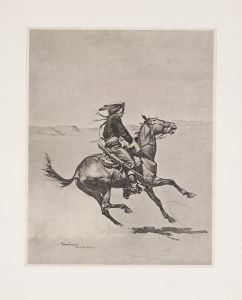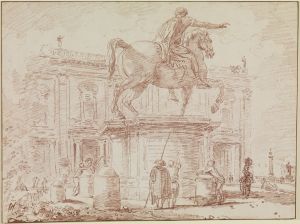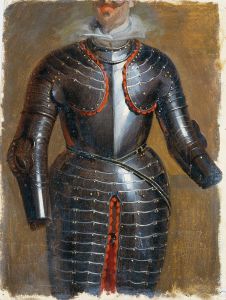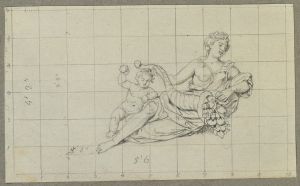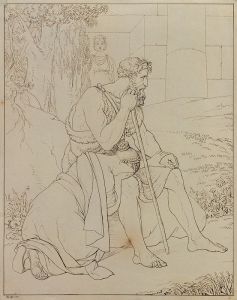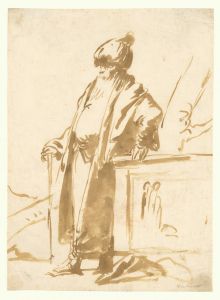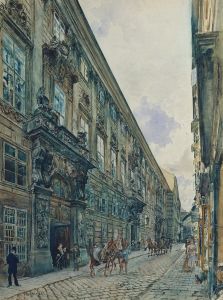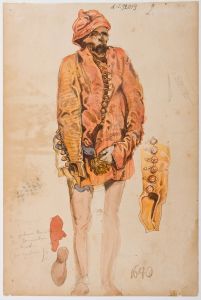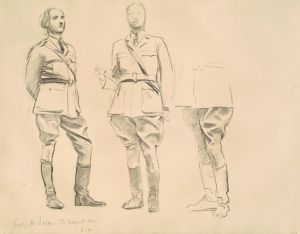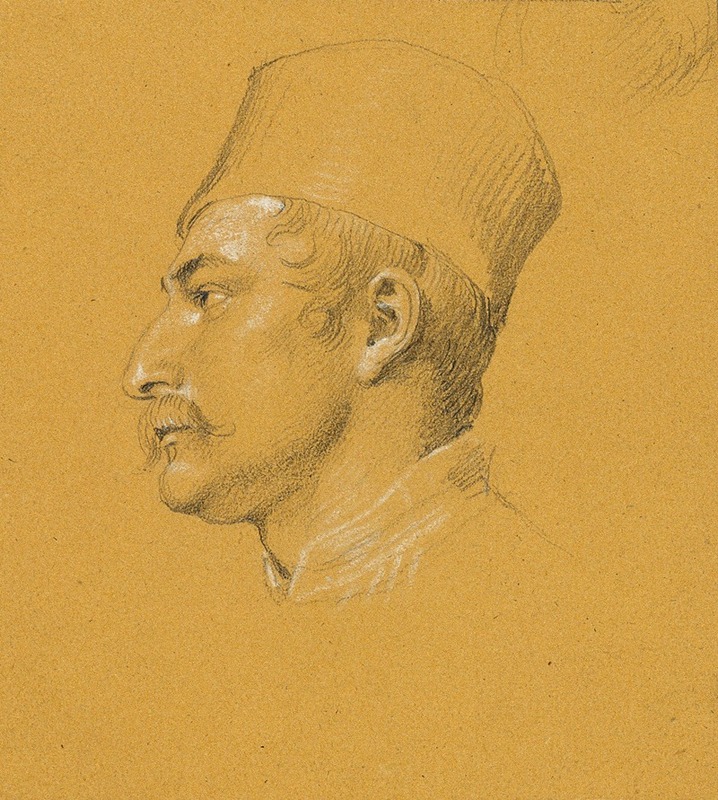
Porträtstudie zum ‘Ausfall Nikolaus Zrinys vor der Festung Szigeth’
A hand-painted replica of Johann Peter Krafft’s masterpiece Porträtstudie zum ‘Ausfall Nikolaus Zrinys vor der Festung Szigeth’, meticulously crafted by professional artists to capture the true essence of the original. Each piece is created with museum-quality canvas and rare mineral pigments, carefully painted by experienced artists with delicate brushstrokes and rich, layered colors to perfectly recreate the texture of the original artwork. Unlike machine-printed reproductions, this hand-painted version brings the painting to life, infused with the artist’s emotions and skill in every stroke. Whether for personal collection or home decoration, it instantly elevates the artistic atmosphere of any space.
Johann Peter Krafft was an Austrian painter known for his historical and genre scenes, and he played a significant role in the development of 19th-century Austrian art. One of his notable works is the "Porträtstudie zum ‘Ausfall Nikolaus Zrinys vor der Festung Szigeth’," which translates to "Portrait Study for ‘The Sortie of Nikolaus Zrinyi from the Fortress of Szigetvár’." This work is a preparatory study for a larger historical painting that depicts a significant event in European history.
The subject of the painting, Nikolaus Zrinyi, also known as Miklós Zrínyi, was a Croatian-Hungarian nobleman and military leader. He is best known for his heroic role in the Siege of Szigetvár in 1566, a critical battle between the forces of the Habsburg Monarchy and the Ottoman Empire. The siege was part of the larger conflict between the Christian states of Europe and the expanding Ottoman Empire, which sought to extend its influence further into Central Europe.
The Siege of Szigetvár is remembered for the bravery and strategic acumen of Zrinyi, who led a small garrison in the fortress against a vastly superior Ottoman force commanded by Sultan Suleiman the Magnificent. Despite being heavily outnumbered, Zrinyi and his men held out for several weeks, inflicting significant casualties on the Ottoman forces. The siege ended with a final sortie, or sudden attack, led by Zrinyi, during which he and his remaining soldiers charged out of the fortress in a desperate attempt to break the siege. Although the sortie ultimately resulted in Zrinyi's death and the fall of Szigetvár, it is celebrated as a symbol of resistance and sacrifice.
Krafft's study for the painting captures the intensity and drama of this historical moment. As a portrait study, it likely focuses on the figures involved in the scene, particularly Zrinyi himself, emphasizing his determination and leadership. Krafft was known for his attention to detail and ability to convey emotion through his work, qualities that would have been essential in depicting such a poignant and heroic episode.
The larger painting for which this study was made would have been part of a tradition of history painting that sought to commemorate and glorify national heroes and significant historical events. Such works were popular in the 19th century, as they resonated with the growing sense of nationalism and historical consciousness in Europe at the time.
Krafft's work, including this portrait study, reflects the broader artistic and cultural movements of his era, combining elements of Romanticism with a keen interest in historical accuracy and narrative. His paintings often served not only as artistic expressions but also as educational tools, bringing historical events to life for contemporary audiences.
Overall, Johann Peter Krafft's "Porträtstudie zum ‘Ausfall Nikolaus Zrinys vor der Festung Szigeth’" is a testament to his skill as a painter and his ability to engage with historical themes, capturing the spirit of an era marked by conflict, heroism, and the enduring legacy of figures like Nikolaus Zrinyi.





